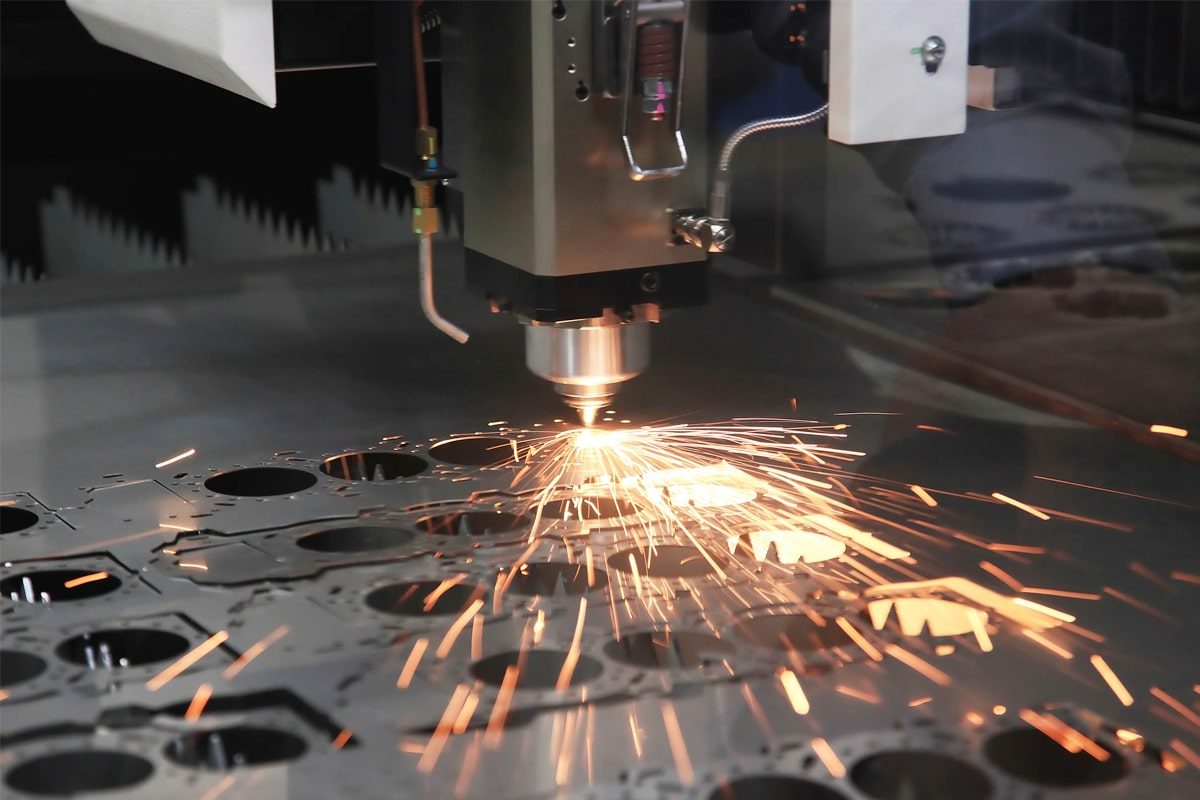
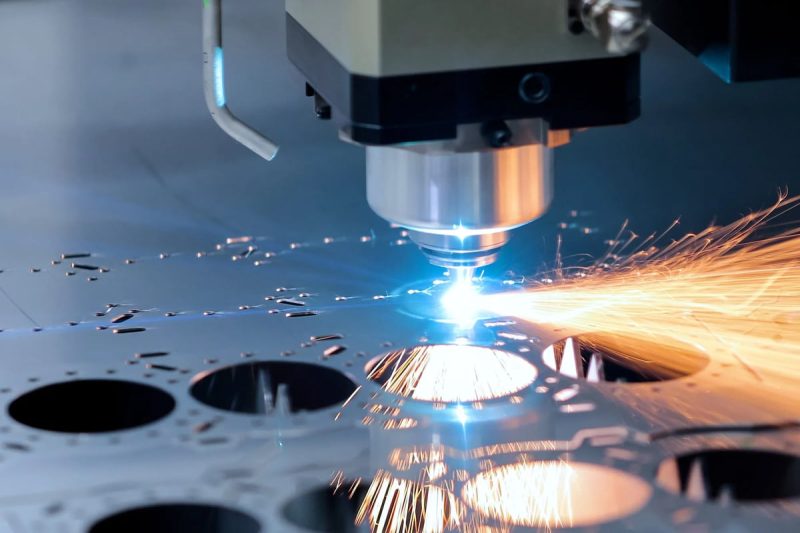
Factors Affecting the Quality of Chinese Laser Cutting Machines
Laser Generator Quality
The laser generator is the heart of any laser-cutting machine. The quality of the laser generator affects cutting accuracy, speed, and efficiency. Chinese manufacturers are increasingly investing in the development of high-quality fiber laser generators, which offer superior performance compared to traditional CO2 laser generators. Key aspects include:
- Beam Quality: High beam quality ensures precise and clean cutting, which helps achieve intricate designs and fine details.
- Power Stability: Stable power output enables consistent cutting performance across different materials and thicknesses.
- Lifespan: The durability and lifespan of the laser generator affect overall operating costs and maintenance requirements.
Machine Make and Construction
The build quality of a laser cutting machine directly affects its durability, accuracy, and stability. Important factors include:
- Frame Design: A strong and rigid frame minimizes vibrations and increases cutting accuracy. Chinese manufacturers have made significant advances in the use of high-strength materials and advanced welding techniques.
- Component Quality: Using high-quality components such as motors, gears, and bearings ensures smooth operation and long-term reliability.
- Assembly Accuracy: Precise assembly and alignment of components can help achieve optimal machine performance.
CNC Control System
The CNC (computer numerical control) system is the brain of the laser cutting machine and is responsible for controlling the cutting process. Key considerations include:
- Software Capabilities: Advanced CNC software allows for better control of cutting parameters, allowing for more complex and precise operations. Chinese manufacturers often integrate user-friendly interfaces and powerful programming capabilities.
- Hardware Integration: High-quality CNC hardware components such as processors and controllers ensure that cutting commands are executed quickly and accurately.
- Automation Capabilities: Features such as automatic height adjustment, real-time monitoring, and adaptive control systems increase the efficiency and ease of use of the machine.
Optics
Optical components such as lenses and mirrors can accurately focus the laser beam onto the material. Factors that affect quality include:
- Materials and Coatings: High-quality optical materials and coatings improve transmission efficiency and reduce wear.
- Precision Alignment: Precise alignment of optical components ensures consistent beam focusing, which is critical to maintaining cutting accuracy over time.
Cooling System
An efficient cooling system helps maintain the optimal operating temperature of the laser generator and other key components. Key factors include:
- Cooling Capacity: Adequate cooling capacity prevents overheating, which can degrade performance and shorten the life of the laser source.
- System Reliability: A reliable cooling system and minimal maintenance requirements improve the overall reliability of the machine.
Material Handling and Support Systems
Material handling systems, such as automatic loaders and conveyors, can affect the efficiency and safety of the cutting process. Important aspects include:
- Automation: Automated material handling reduces manual intervention, increases productivity, and reduces the risk of errors.
- Support Mechanisms: Proper support of the cut material prevents bending and ensures accurate cuts.
Software and Integration
Advanced software integration can optimize the cutting process and ensure compatibility with other systems. Considerations include:
- CAD/CAM Software: High-quality CAD/CAM software enables precise design and efficient part nesting, minimizing material waste.
- Integration with ERP/MES: Integration with enterprise resource planning (ERP) and manufacturing execution systems (MES) can streamline production workflows and improve overall efficiency.
Quality Control and Testing
Strict quality control and testing procedures during manufacturing can ensure machine reliability and performance. Key factors include:
- Inspection Protocol: Comprehensive component and assembly inspection protocols ensure that only parts that meet stringent quality standards are used.
- Performance Testing: Extensive performance testing under a variety of operating conditions verifies the functionality of the machine and identifies any potential issues before delivery.
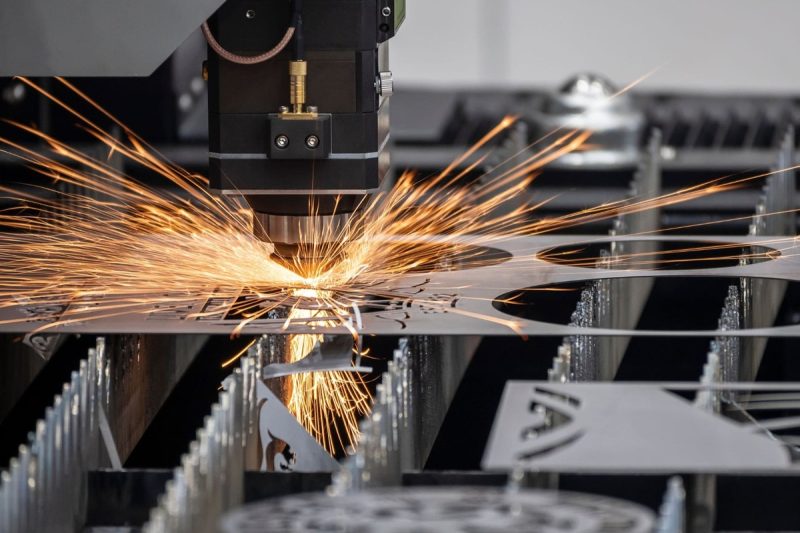
Pros and Cons of Chinese Laser Cutting Machines
Pros of Chinese Laser Cutting Machines
- Cost-Effectiveness: One of the most compelling advantages of Chinese laser-cutting machines is their affordability. Chinese manufacturers leverage large-scale production capabilities and lower labor costs to offer competitive pricing without sacrificing quality. This cost-effectiveness allows businesses, especially small and medium-sized enterprises (SMEs), to access advanced laser-cutting technology at a fraction of the cost of Western or Japanese machines.
- Technological Innovation: Chinese laser-cutting machine manufacturers are known for their rapid adoption and development of new technologies. Innovations such as high-power fiber lasers, automation, and smart manufacturing solutions are integrated into their machines. These advancements enhance precision, speed, and overall performance, making Chinese machines competitive with top global brands.
- Versatility and Range of Applications: Chinese laser-cutting machines are designed to cater to a wide range of industries, including automotive, aerospace, electronics, medical devices, fashion, and construction. Their ability to cut various materials, from metals and alloys to plastics and textiles, makes them highly versatile and suitable for diverse applications.
- Continuous Improvement: The competitive nature of the Chinese manufacturing sector drives continuous improvement in product quality and performance. Manufacturers invest heavily in research and development (R&D) to stay ahead of the curve and meet evolving market demands. This commitment to innovation ensures that Chinese laser-cutting machines remain up-to-date with the latest technological advancements.
- Comprehensive Support and After-Sales Service: Many Chinese manufacturers provide extensive support and after-sales service, including installation, training, and maintenance. This support network helps customers maximize the benefits of their machines and ensures long-term reliability. The availability of spare parts and technical assistance further enhances the overall customer experience. High-Power Options: Chinese manufacturers have developed high-power laser-cutting machines capable of handling thick materials and heavy-duty applications. These high-power options are essential for industries such as automotive and aerospace, where cutting through dense materials with precision is crucial.
Cons of Chinese Laser Cutting Machines
- Perception of Quality: Despite significant advancements, there is still a perception among some buyers that Chinese laser cutting machines are of lower quality compared to Western and Japanese counterparts. This perception can be attributed to past issues with lower-quality products and concerns over consistency. However, many reputable Chinese manufacturers have improved their quality control processes to address these concerns.
- Intellectual Property Concerns: Intellectual property (IP) rights have been a long-standing issue for Chinese manufacturers. Instances of IP infringement have led to skepticism among international buyers. To mitigate these concerns, reputable Chinese companies are adopting stricter IP practices and collaborating with global partners to ensure compliance with international standards.
- Technical Support Challenges: While Chinese manufacturers offer robust technical support, language barriers, and geographical distances can sometimes pose challenges. Providing timely and effective assistance can be difficult, especially for customers located far from major support centers. Enhancing local support networks and providing multilingual resources can help address these issues.
- Variability in Quality: The rapid growth of the laser cutting machine industry in China has led to a wide range of manufacturers with varying levels of expertise and quality control. This variability means that some machines may not meet the high standards set by leading manufacturers. Buyers must conduct thorough research and select reputable suppliers to ensure they receive high-quality machines.
- Market Competition: The global laser cutting machine market is highly competitive, with established brands from Germany, Japan, and the United States dominating certain segments. Chinese manufacturers need to continuously innovate and improve their offerings to compete effectively. This competition drives innovation but also poses a challenge for maintaining market share.
- Environmental and Safety Standards: While many Chinese manufacturers adhere to international environmental and safety standards, there can still be inconsistencies. Ensuring that machines comply with local regulations and standards is essential for international buyers. Reputable manufacturers typically provide certifications and documentation to verify compliance.
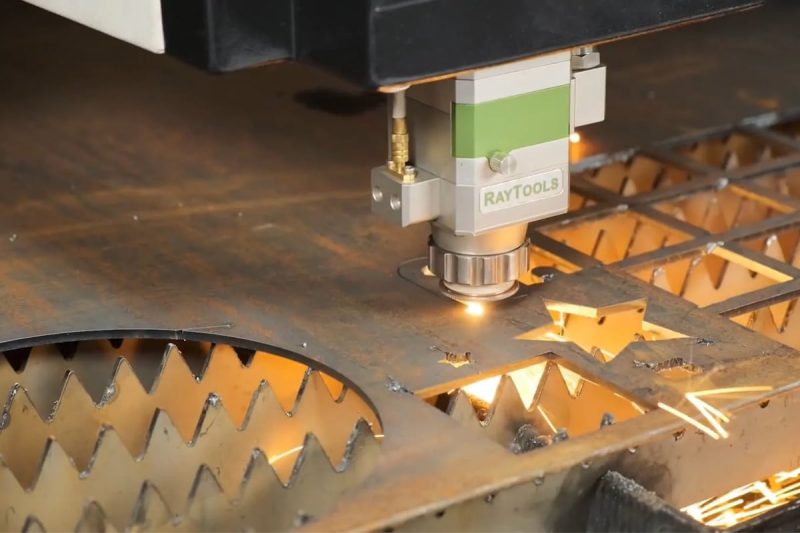
Comparison with International Brands
Performance and Quality
Precision and Accuracy
Cutting Speed and Efficiency
Cost and Value
Initial Investment
Operating and Maintenance Costs
Technological Innovation
Fiber Laser Technology
Automation and Smart Manufacturing
After-Sales Support and Service
Global Support Networks
Reputation and Perception
Brand Trust and Recognition
Innovation and Customization
Cutting-Edge Technology
Customization and Flexibility
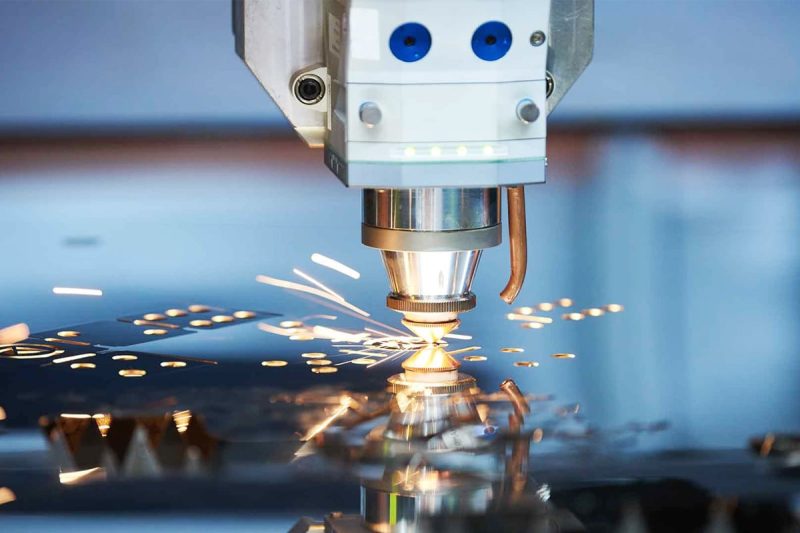
Things to Look Out for When Buying a Chinese Laser Cutting Machine
Manufacturer Reputation and Reliability
Research the Manufacturer
- Company History: Investigate the manufacturer’s background, including how long they have been in the industry and their track record. Established companies with a history of innovation and customer satisfaction are generally more reliable.
- Customer Reviews and Testimonials: Look for feedback from other users of the same brand. Reviews and testimonials can provide insights into the machine’s performance and the manufacturer’s service quality.
- Certifications and Standards: Ensure the manufacturer adheres to international quality standards and certifications, such as ISO 9001. Compliance with these standards indicates a commitment to quality and reliability.
Quality of Components
Laser Generator
- Brand and Origin: Check the brand and origin of the laser generator. Reputable brands like IPG Photonics or Raycus often provide higher reliability and performance.
- Power Stability: Make sure the laser generator provides stable power output, which is important for consistent cutting quality.
Other Components
- Optical Components: Verify the quality of lenses and mirrors, which helps maintain cutting accuracy.
- Mechanical Parts: Inspect the quality of motors, bearings, and frames. High-quality mechanical parts contribute to the machine’s durability and accuracy.
Technical Specifications
Cutting Speed and Precision
- Speed: Assess the machine’s cutting speed. Higher speeds improve productivity but must be balanced with the required precision for your applications.
- Precision: Evaluate the machine’s accuracy, especially for intricate or detailed work.
Power and Material Compatibility
- Laser Power: Choose a machine with appropriate laser power for the materials you plan to cut. Higher power is necessary for thicker or more challenging materials.
- Material Compatibility: Ensure the machine can handle the range of materials you intend to work with, such as metals, plastics, or composites.
Software and Control Systems
CNC Control System
- User Interface: A user-friendly interface simplifies operation and reduces the learning curve for operators.
- Software Capabilities: Advanced CNC software offers better control over cutting parameters and supports complex designs.
- Automation Features: Features like automatic focusing, height adjustment, and real-time monitoring enhance efficiency and ease of use.
Integration and Compatibility
- CAD/CAM Integration: Ensure the machine is compatible with popular CAD/CAM software for seamless design and cutting operations.
- IoT and Smart Manufacturing: Look for machines with IoT capabilities and smart manufacturing features for enhanced productivity and predictive maintenance.
Support and Service
After-Sales Support
- Technical Support: Verify the availability and quality of technical support. Prompt and knowledgeable support is crucial for troubleshooting and maintenance.
- Training: Comprehensive training programs help operators and maintenance personnel use and maintain the machine effectively.
Spare Parts and Maintenance
- Availability of Spare Parts: Ensure that spare parts are readily available and that the manufacturer has a reliable supply chain.
- Maintenance Services: Check the maintenance services offered by the manufacturer, including regular servicing and emergency repairs.
Cost and Value
Initial Cost
- Budget: While cost-effective, ensure the machine offers good value for money. Avoid opting for the cheapest option if it compromises on essential features or quality.
- Financing Options: Explore financing options or leasing arrangements if available, to manage the investment cost-effectively.
Operating Costs
- Energy Efficiency: Consider the machine’s energy consumption. Energy-efficient models reduce operational costs over time.
- Maintenance Costs: Evaluate the expected maintenance costs, including the frequency and cost of replacement parts.
Warranty and Legal Compliance
Warranty Terms
- Warranty Coverage: Check the warranty terms provided by the manufacturer, including coverage for parts, labor, and the laser source.
- Extended Warranty: Consider purchasing an extended warranty for additional protection and peace of mind.
Legal and Regulatory Compliance
- Safety Standards: Ensure the machine complies with local and international safety standards, protecting operators and complying with regulations.
- Environmental Regulations: Verify that the machine adheres to environmental regulations, especially if you operate in regions with strict environmental laws.
Customization and Flexibility
Customization Options
- Tailored Solutions: Some manufacturers offer customization options to tailor the machine to your specific needs. This can include adjustments in size, power, and additional features.
- Flexibility: Ensure the machine can adapt to future needs, such as upgrades or modifications, without requiring a complete replacement.
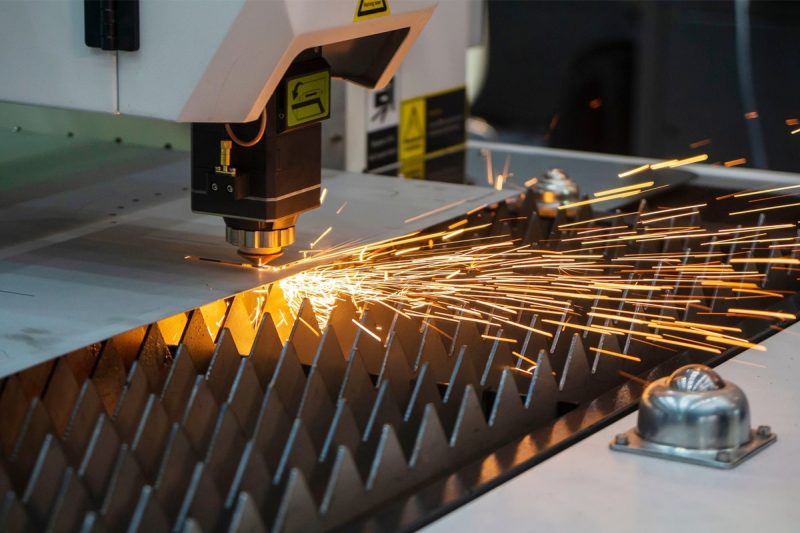
Summary
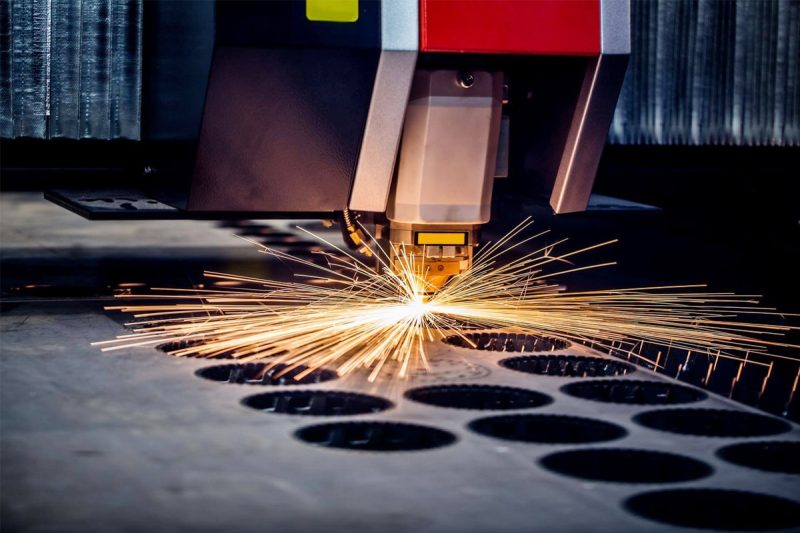
Get Laser Cutting Solutions
- [email protected]
- [email protected]
- +86-19963414011
- No. 3 Zone A, Lunzhen Industrial Zone,Yucheng City , Shandong Province.
